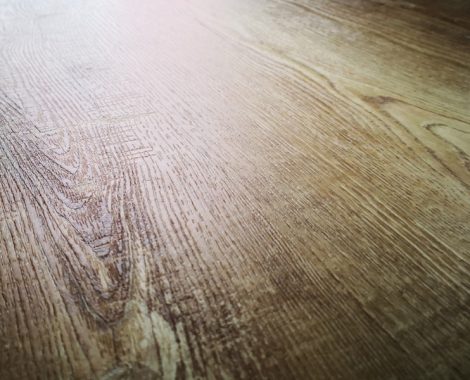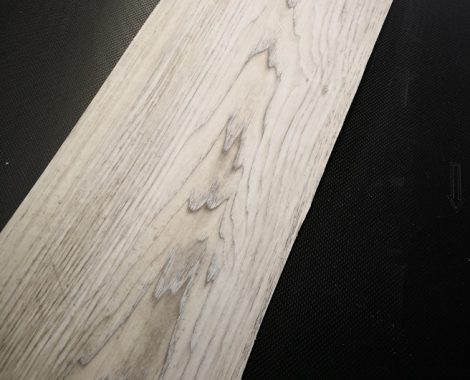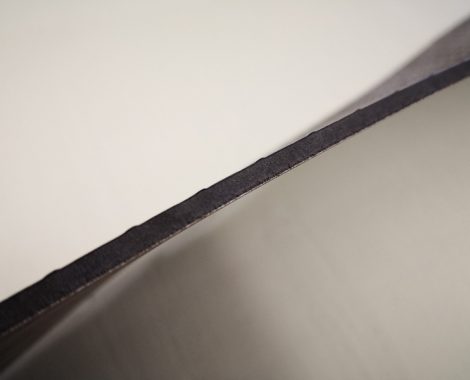LVT
Here to share details about LVT machine produce lines, including material, quality standards of LVT decorative film manufacturers, LVT flooring standards, styles, how to produce LVT, and advantages.
LVT——a kind of vinyl flooring, now is worldwide popular products because of it’s environmental-friendly and health protection character, easy to install could be done by personally handling, good quality LVT flooring with wear layer cause to water proof, scratch proof and longer lifetime comes compare to laminate flooring.
Material
What materials and how much content for LVT machine produce lines?
LVT machine production lines create layers primarily using Polyvinyl Chloride powder and Calcium powder, with a content percentage of PVC powder to Calcium powder being 1:3. Additionally, a reasonable content of accessory ingredients, such as stabilizer, black carbon, and DOTP oil, is included.
- Polyvinyl Chloride powder and Calcium powder are main capacity of SPC flooring material, content percentage is PVC powder: Calcium powder=1:3, and reasonable content of accessory ingredients as stabilizer, black carbon, and DOTP oil.Calcium powder doesn’t insoluble in water but soluble in acids, in order to increase opacity and flexibility. Require standards of 200-250 mesh for LVT flooring, reasonable whiteness and humidity>90%. More content of Calcium will increase board hardness and decrease flexibility and increase shrinkage.
- DOTP oil: Almost colorless low viscosity liquid, because PVC itself is a hard material, add plasticizer, plastic products can be soft, easy to bend, fold, good elasticity and easy to shape.Mainly used for LVT, which helps increase flexibility.
- Stabilizer: Slow down the reaction, maintain chemical balance, and reduce surface tension, prevent light, thermal decomposition or oxidation reactions, cause to final products quality more stable. Besides, materials composition done by stabilizer fusion, also play a shaping role. If quality not good, shaping will not be good enough cause to board easy broken, increase producing difficulty, and decrease capacity.
-
Black carbon is the pigment with the strongest coloring and hiding power. Furthermore, it is among the most stable pigments, offering heat, chemical, and light resistance. However, different qualities of black carbon can cause variations in the color effect.
- Accessory EPC401, as lubricants for extrude all kinds of powder evenly.
Click to learn more about LVT wear layer manufacturers?



Previous
Next
Styles & Standards
LVT structure: Wear layer, UV coating, LVT decorative film manufacturers, middle core, bottom core, IXPE back film.
- Wear layer: The main purpose is to ensure a longer lifetime of 5-10 years, providing scratch resistance and a wear layer that meets high-quality flooring standards. LVT wear layers are made from pure PVC material with DOTP oil, offering higher flexibility and less density than Chloride, along with high tension and shrinkage to maintain flooring balance and prevent bending. Producers can customize the thickness from 0.1 mm to 1.0 mm based on customer requests and core board thickness. A 1.0 mm wear layer can withstand 20,000 cycles, while 0.3 mm and 0.5 mm are common thicknesses.
- LVT decorative film manufacturers: PVC material, most problem is to control color stability, thickness normal 1.0 mm.
LVT middle core:
- Color black; Width max 1.3 mm; Thickness min 0.7 mm max 1.5 mm. Bottom core thickness match according to wear layer thickness.
- Density 1.6-1.8 g/cm³; Hardness 54±2 for commercial, 64±2 for lock.
- Purpose of bottom core: Higher flexibility, higher tension, less density, not easy to be broken, and fix with middle core could control avoid bending.
Fiber glass: is the material will not be affected by the environment shrinkage and expansion, mainly used to increase the toughness of the floor, as well as cooling and high temperature on shrinkage and warping has a certain control effect. Loose lay have to contain fiber glass.
LVT flooring designs: vinyl locking, dry back, loose lay.
- Dry back is also called glue down, thickness 1.5-3 mm.
- Click: over 3.5 mm thickness.
- Loose lay: without glue or click, tile on ground directly.
LVT flooring size standards:
- Dry back: 942*157, 1227*157/187/235, 470*470, 608*308, 914.4*101.6
- Loose lay: 942*157, 1227*157/187/235, 470*470, 608*308
- Click: 936*150, 1220*150/180/228, 1500*228,600*300
lvt PRODUCING
How to produce LVT with LVT machines produce lines?
LVT machine produce lines formed by one-forming steps:
A, Screw extrude machine, extruding under high temperature 180℃ forming LVT core board.
B, Press: Wear layer, decorative film, middle core, bottom core, made to press with press plates, under 125-135℃ temperature, with 600 t pressure and press 40 mins(2 mm)-60 mins(5 mm) ,could make normal and EIR textures.
C,The UV coating, at 10-12 g/㎡, achieves a matte gloss level of 5-8 degrees. The process involves preheating, followed by bottom painting, semi-curing, surface painting, UV advection, full cure treatment, hot water, cold water, and finally output. Additionally, the tempering process is implemented to enforce shrinkage and expansion control.
D, Cooling for 48 h, for flooring to adapt to environment of temperature, moisture content, humidity, for balance in case bending during next step, some in order to make it more stable, would cool for 72 h.
E, Cutting, grooving and IXPE back film applying, Inspection and packing.
